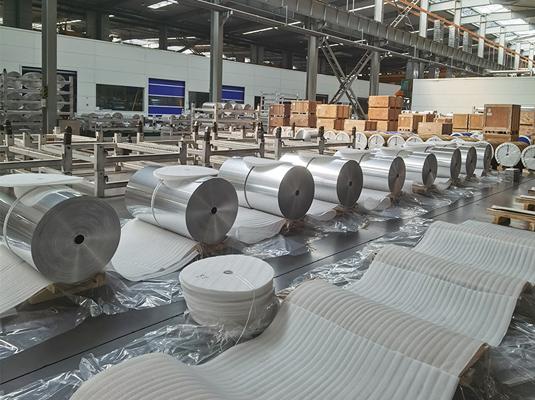Aluminum foil is a widely used material known for its versatility and practicality. However, it is essential to understand the production process and the environmental impact associated with its manufacturing. In this article, we will explore the production of PTP blister foil and the efforts made by the industry to reduce its ecological footprint.
The production of aluminum foil begins with the extraction of aluminum from bauxite ore. This process involves mining, refining, and smelting, which require significant amounts of energy and produce greenhouse gas emissions. The extracted aluminum is then processed into thin sheets through a rolling process. The sheets are continuously rolled and compressed until the desired thickness is achieved, resulting in aluminum foil.
The manufacturing of aluminum foil poses certain environmental challenges. The extraction of aluminum from bauxite ore contributes to deforestation and habitat destruction. Furthermore, the refining and smelting processes consume substantial amounts of energy, primarily sourced from fossil fuels, which further contributes to carbon emissions and climate change. The disposal of waste generated during the production process also presents environmental concerns.

